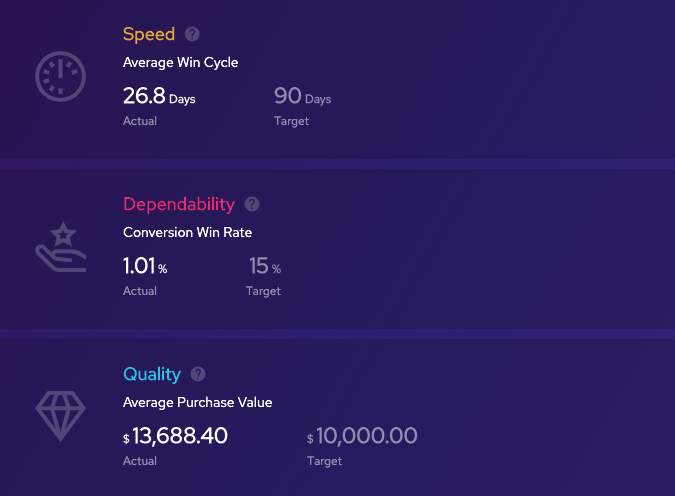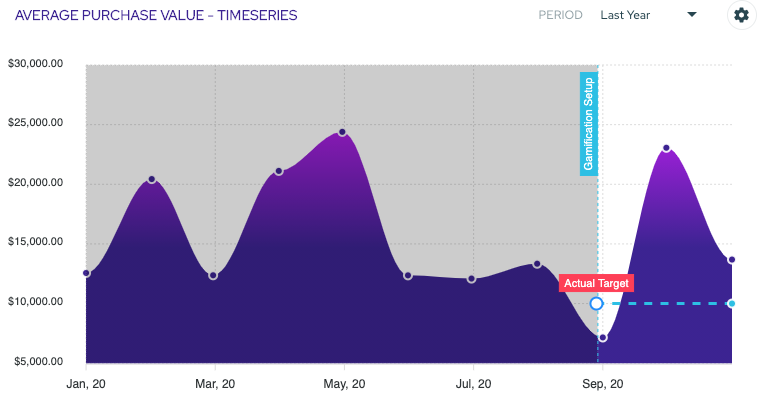Data is king. It’s been spoken of as being more valuable than gold. Most of Facebook and Google’s revenue is from data, i.e. ads. You can only run effective ads with useful data. Same as you can only run an effective sales organization knowing your sales data. And that means knowing your CRM like it’s your firstborn child. Love that thing, cherish it, take care of it, update it, feed it with more data.
WHAT DATA IS WORTH KNOWING
There’s the essential data worth knowing. While the data is important, I’m calling it essential because every CRM shows you this data and it’s something all management should inherently know.

LEAD VOLUME
The most common data always worth knowing is your monthly lead volume; how many new leads are produced each month. The reason to know this data is to spot trends. You don’t want to go six months and for the first time realizing you’ve been dropping and an average of 10% MoM, now you need to explain to your CEO why you didn’t catch this soon.
MARKETING QUALIFIED LEAD
Another key piece to lead is how you measure qualified leads. For instance, Neil Patel has mentioned he gets upwards of 1,000 leads either a day/week/or month. Either way, that’s a lot of leads and they are not all qualified leads.
A qualified lead breaks down in two areas, a marketing qualified lead and a sales qualified lead. A marketing qualified lead is generally called this because they contain all the information for the sales team, name, phone number, good email etc. A lead would become not qualified if they provided a fake email.
SALES QUALIFIED LEAD
A sales qualified lead is the stage I believe is worth measuring. And what you want to measure is how often a top of funnel lead becomes a sales qualified lead. This is really important because it’s marketing and sales agreeing the lead is good. If marketing does nothing but send terrible leads to the sales team, sales hates marketing. But if marketing is sending a ton of leads and 50% of them are sales qualified, sales is ecstatic. A huge component to your sales organization is sales and marketing being on the same team.
COST/REVENUE PER CLOSED/WON

A couple of other key areas to measure are cost and revenue per closed deal. It’s key to know what your average deal size is and how much it costs you to win that deal, this way you understand deals make you money and lose you money, giving you a chance to fix any problems within your sales process.
While trying to calculate cost per deal closed, it can get a little overwhelming aggregating cost. You can go deep, bringing in all your marketing and operational expenses, all your overhead, to come up with a cost per closed deal.
Or you can make it a bit simpler, and this is the typical route we see most companies take. They look at only marketing expenses, i.e. activities that drive the leads the closed the deals. The formula is total marketing expenses/total closed/won deals.
Measure revenue per deal is pretty simple; total revenue/total deals won. Most CRMs will give you an average deal size without calculating one of your own metrics. The only decision you’ll have to make is if you’re running a monthly subscription business or yearly contract business, what window do you want to look at revenue. Some companies try to measure average revenue over 3 months, some over a year, some look at entire customer lifetime value. The choice is yours.
These are just some of the areas and KPIs you should keep an eye on within your CRM data to understand better your organization and what you need to do to drive growth. Start a free trial with Gamifier to get easy access to all this data while creating an amazing space to drive your sales organization forward.






Follow